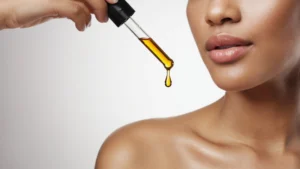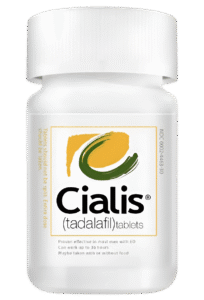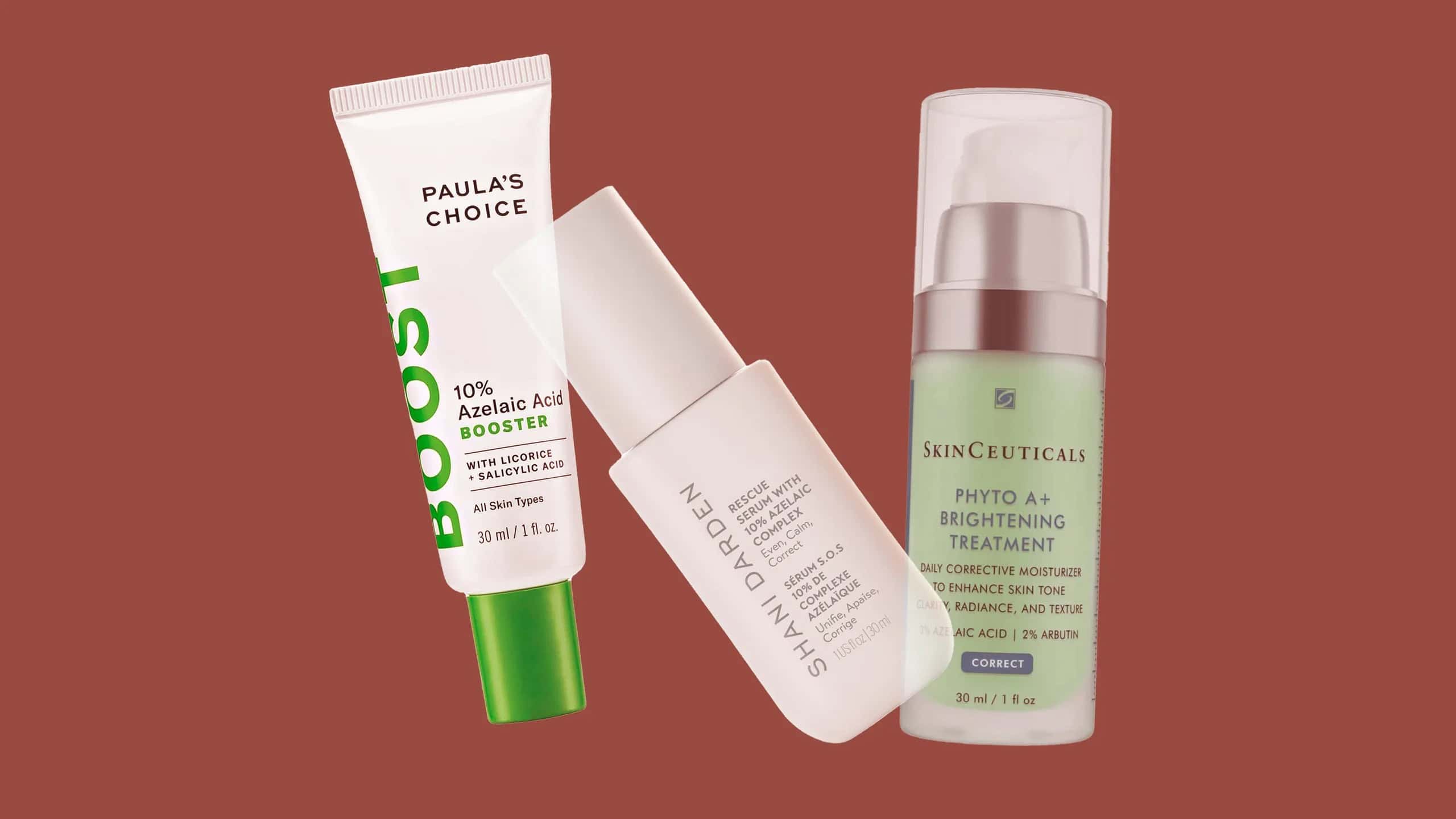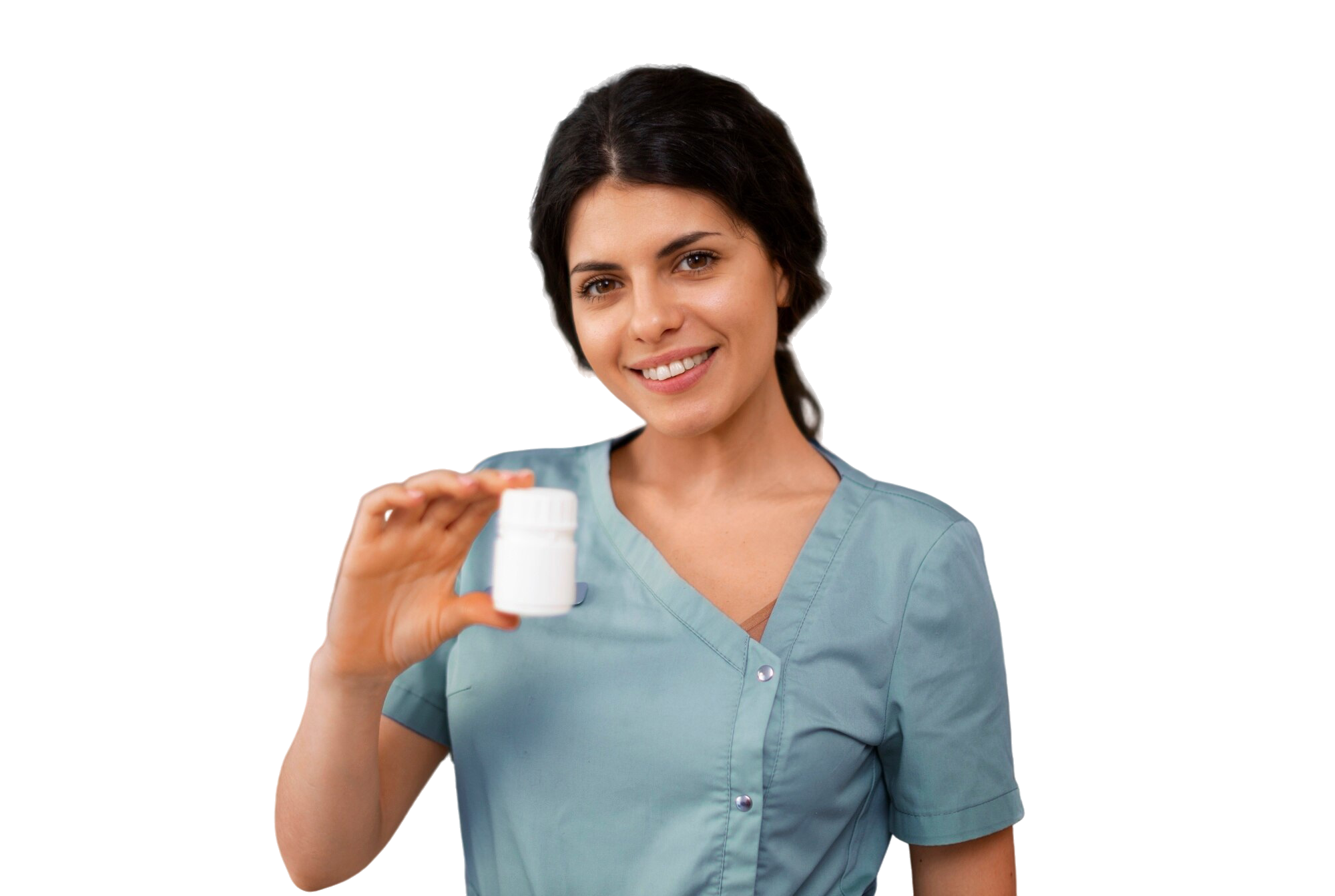Acne is a common skin issue that affects millions of people worldwide. For those who are struggling with persistent pimples and blemishes, finding the right treatment can be a daunting task. Fortunately, the combination of adapalene and benzoyl peroxide is a powerful solution to combat acne effectively. This article will guide you through the usage, benefits, and considerations when using these acne-fighting ingredients.
Before diving into how to use adapalene and benzoyl peroxide, it’s essential to understand what these ingredients are and how they work.
What is Adapalene?
Adapalene is a topical retinoid, a derivative of vitamin A, that is used to treat acne. It works by increasing cell turnover, reducing inflammation, and preventing pores from getting clogged. This, in turn, helps to reduce the number and severity of acne pimples and promote the rapid healing of existing acne lesions. Unlike some other retinoids, adapalene is known for being less irritating, making it a popular choice for sensitive skin.
Adapalene also helps to regulate the lifecycle of skin cells, ensuring that they don’t shed too quickly and clog pores. Consistent use of adapalene can lead to clearer skin over time by maintaining the health of the skin barrier. It’s a product that has been extensively researched and trusted by dermatologists for decades due to its efficacy and relatively mild side effect profile.
What is Benzoyl Peroxide?
Benzoyl peroxide is an antibacterial agent that helps to reduce the bacteria that cause acne. It also helps to dry out existing pimples and prevent new ones from forming. Moreover, benzoyl peroxide has a mild peeling effect, which can help to clear blocked pores and remove dead skin cells. This ingredient is particularly effective for inflammatory acne because it reduces the presence of P. acnes bacteria, a key player in acne development.
Additionally, benzoyl peroxide is available in various concentrations, allowing users to select a strength that suits their skin type. It’s important to note that while benzoyl peroxide can be drying, this effect can be mitigated with proper moisturization. It’s a versatile ingredient that can be found in washes, gels, and creams, making it adaptable to different skincare routines.
The Power of Combination Therapy
Combining adapalene and benzoyl peroxide in a single treatment enhances their acne-fighting properties. While adapalene tackles clogged pores and inflammation, benzoyl peroxide eliminates acne-causing bacteria. This combination therapy is highly effective in treating moderate to severe acne and achieving clear skin. The dual-action approach ensures that multiple acne-causing factors are targeted simultaneously, increasing the likelihood of successful treatment.
Moreover, studies have shown that the combination can reduce acne lesions more significantly than using either ingredient alone. This synergy not only accelerates results but also maintains them, reducing the likelihood of new breakouts. For many, this combination represents a comprehensive approach to acne treatment, addressing both current blemishes and preventing future ones.
How to Use Adapalene and Benzoyl Peroxide
Using adapalene and benzoyl peroxide correctly is crucial for achieving the best results and minimizing potential side effects. Here’s a step-by-step guide to incorporating these products into your skincare routine:
Step 1: Cleanse Your Skin
Begin by washing your face with a gentle cleanser. This will remove dirt, oil, and makeup, allowing the acne medication to penetrate your skin effectively. Pat your face dry with a clean towel. Choosing a non-comedogenic cleanser is vital, as it won’t clog pores or interfere with the treatment’s effectiveness.
Opt for a sulfate-free cleanser to avoid excessive drying, which can exacerbate irritation when using adapalene and benzoyl peroxide. Cleansing should be done twice a day, morning and night, to maintain a clean canvas for the treatment products to work optimally. Ensure that your water is lukewarm, as hot water can strip the skin of essential oils and increase dryness.
Step 2: Apply the Adapalene and Benzoyl Peroxide Gel
Gently apply a thin layer of the adapalene and benzoyl peroxide gel to the affected areas once daily, preferably in the evening. Use a pea-sized amount to cover your entire face, avoiding the eyes, lips, and mucous membranes. It’s important to follow the instructions provided by your dermatologist or the product packaging to avoid overuse, which can cause irritation.
Applying the gel at night allows your skin to absorb the treatment without interference from environmental factors like sunlight and pollution. Be consistent with your application to see the best results, and remember that less is more—using too much product won’t accelerate results but can increase irritation. If you have sensitive skin, it might be helpful to start with an every-other-night application until your skin builds tolerance.
Step 3: Moisturize
After the gel has absorbed into your skin, apply a non-comedogenic moisturizer to keep your skin hydrated. This is especially important as both adapalene and benzoyl peroxide can cause dryness and irritation. Look for moisturizers that contain soothing ingredients like hyaluronic acid, glycerin, or ceramides, which help reinforce the skin barrier.
Moisturizing not only helps alleviate dryness but also provides a protective layer that aids in healing. Apply the moisturizer while your skin is still slightly damp to lock in moisture more effectively. Consistent moisturizing can significantly reduce the discomfort associated with dryness and peeling, making the treatment process more comfortable.
Step 4: Use Sunscreen
In the morning, make sure to apply a broad-spectrum sunscreen with at least SPF 30. Adapalene can increase your skin’s sensitivity to the sun, making it crucial to protect your skin from harmful UV rays. Choose a sunscreen that is oil-free and non-comedogenic to avoid clogging your pores.
Sun protection is a critical component of any skincare routine, especially when using retinoids like adapalene. UV exposure can worsen the side effects of adapalene, such as redness and irritation. Make sunscreen a daily habit, regardless of the weather or your indoor plans, as UV rays can penetrate windows and cloud cover.
Tips for Success with Acne Treatment
by Olga Thelavart (https://unsplash.com/@olga_o)
Be Patient
Acne treatment takes time, and results may not be immediate. It can take several weeks to notice a significant improvement in your skin. Consistency is key, so stick to your routine and give the treatment time to work. Remember that everyone’s skin is different, and what works quickly for one person might take longer for another.
Patience is not only about waiting for results but also about allowing your skin to adjust to the active ingredients. During this adjustment period, it’s normal to experience some initial flare-ups or increased dryness. Stay committed to your routine, and avoid the temptation to switch products too soon, as consistency is crucial for the treatment’s success.
Start Slowly
If you’re new to using adapalene and benzoyl peroxide, you may want to start with every other day application to allow your skin to adjust. Gradually increase to daily use as your skin becomes more tolerant. This approach helps minimize potential irritation and allows your skin to build tolerance over time.
Starting slowly also involves being mindful of how your skin reacts to the treatment and adjusting the frequency accordingly. If you notice excessive dryness or irritation, scale back the application frequency and consult a dermatologist if needed. Remember that building tolerance is a gradual process, and rushing it can lead to unnecessary discomfort.
Watch for Side Effects
Some common side effects include dryness, redness, and peeling. These are usually temporary and tend to subside as your skin adjusts. If you experience severe irritation or allergic reactions, discontinue use and consult a dermatologist. It’s important to monitor your skin’s response and make necessary adjustments to your routine to maintain comfort.
Using a soothing moisturizer can alleviate some of the discomfort associated with these side effects. Additionally, incorporating a hydrating serum into your routine can provide extra moisture and support for your skin barrier. Always perform a patch test when introducing new products to ensure compatibility with your skin.
Avoid Using Other Acne Products
While on this treatment, avoid using other acne medications or products containing alcohol, astringents, or exfoliants, as they can increase irritation. Combining too many active ingredients can overwhelm your skin and lead to adverse reactions. Focus on a simple routine that prioritizes healing and hydration.
If additional products are necessary, consult a dermatologist to ensure they complement your current regimen. Be cautious with exfoliating products, as they can exacerbate dryness and irritation when used alongside adapalene and benzoyl peroxide. Stick to gentle, supportive products that enhance the treatment’s effectiveness without causing harm.
Consistent Skincare Routine
Maintain a simple and consistent skincare routine. Avoid using harsh or abrasive cleansers and opt for gentle, hydrating products instead. Consistency helps reinforce the treatment’s efficacy and maintains skin health. Aim for a routine that cleanses, treats, moisturizes, and protects your skin daily.
Consistency also means applying your treatment at the same time each day to establish a habit. Routine fosters discipline and ensures that you’re giving the treatment the time it needs to work. Regular follow-ups with a dermatologist can also provide guidance and adjust your routine as needed for optimal results.
When to See a Dermatologist
While adapalene and benzoyl peroxide are effective for many people, they may not work for everyone. If your acne does not improve after several weeks or if it worsens, it’s essential to consult a dermatologist. They can provide personalized advice and recommend alternative treatments if necessary. Dermatologists have access to a broader range of treatments and can tailor a regimen to your specific needs.
Professional guidance is crucial, especially when dealing with persistent or severe acne. A dermatologist can perform a thorough skin analysis and identify underlying causes that might be contributing to your acne. They can also prescribe stronger medications or treatments if over-the-counter options are insufficient, ensuring that you receive comprehensive care.
The Road to Clear Skin
Achieving clear skin is a journey that requires patience, dedication, and the right treatment. By incorporating adapalene and benzoyl peroxide into your skincare routine, you’re taking a significant step toward managing your acne effectively. Remember to follow the steps outlined in this article, be consistent, and consult with a dermatologist if needed. With time and care, you can achieve the clear, healthy skin you desire.
By understanding the benefits and proper usage of adapalene and benzoyl peroxide, you can optimize your acne treatment and enjoy the confidence that comes with clear skin. Whether you’re new to acne treatment or looking to improve your current routine, this combination therapy offers a promising solution to achieving your skincare goals. Stay committed, stay informed, and let your journey to clear skin be a rewarding experience.




